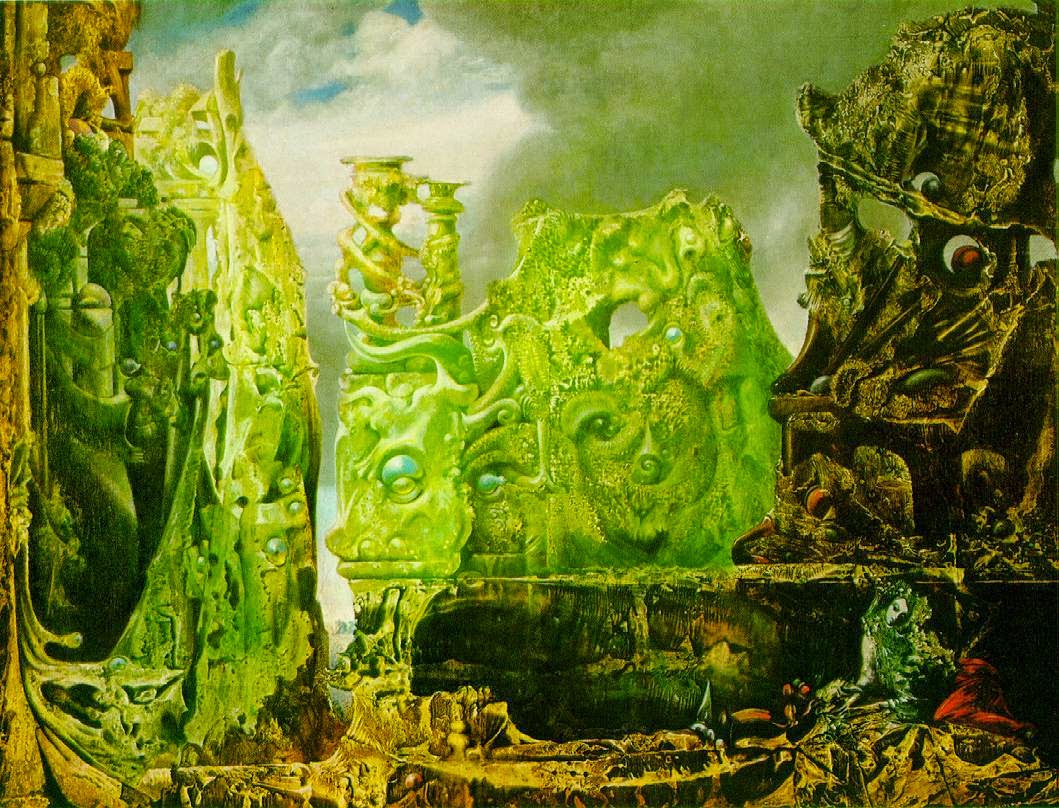One of the greatest tragedies of any creative endeavor, to me, is that regardless of the positive or negative review of The Art, no one knows what the Creative has done to produce the work.
The audience is (sadly) more often than not completely ignorant of the thought process, pre-planning, problem solving, decision making, research, and technical work put into the execution of the piece, unless the artist makes a point of letting the world in on what has gone on behind the curtain, and that’s no guarantee that the audience will even care; the Hungry don’t want to know how the sausage is made—they only want to be fed.
As a writer and creator, that’s always been a hard pill for me to swallow. When I think about how I feel about my art, and what I know has gone into it before the final product is released into the world, it’s tough to think that its success will live or die by an outsider’s gut reaction. I know that it’s part of the deal with any artistic endeavor, and you essentially ask for that kind of snap scrutiny when you decide to make your work public, but damn…it’s rough sometimes. I’ve known artists and writers who’ve tortured themselves over their work, only to have it dismissed at a glance, devaluing all of that hard work to wasted time. That’s when the real self-torture begins.
But it is what it is, and that’s fine. It’s the gamble of Art.
Part of what I’m doing here on the blog is to chronicle and explore the relationships between inspiration, process, and the resulting products, and one of my favorite things ever is to read/listen/watch about the how’s and why’s of other artists doing what they do. Besides writing and hobby blogs (which, most hobby blogs these days are all step-by-step process journals, which is fantastic), I am constantly on the lookout for how-to’s, and “the making of’s” by creators that give a look into their process.
While the vast majority of creative inspiration often comes from the end-work
itself, the mechanics of how The Art is created is an underrated
instructive commodity that doesn’t get enough due. Any Creative who
strives to improve their Art should spend some time looking under the
hood of their favorite works and artists to learn, and be inspired.
In doing some recent research for a new crime project, I was reminded of the comic series, Fell, by Warren Ellis, and went to dig out a few of my old issues. Mainly, I was interested in rereading the series to study new ways of writing short-form crime fiction (Fell is a great example of this, by the way), but I had forgotten one of the more useful and unique aspects of the comic, and one of my favorite behind-the-scenes inspirational sources—the back matter.
Fell was an interesting experiment by Ellis to see if he could make a quick burst of entertainment for readers, that was at the same time inexpensive and informative by packing a lot of material into a shorter page-count book. The stories themselves were only 16-ish pages long, with the remainder of the 24 pages being devoted to the back matter where he put bits of script, discussion by Ellis on the research and inspiration for the issue, and various other tidbits that the writer wanted to throw in.
While I was certainly interested in the story construction, I became more obsessed with the back matter, and what that divulged about the creative process. Its inclusion was especially interesting because unless you're reading a special edition or collection of a series, comic books almost never include this kind of material - there's just not enough tradeoff between space and money for a publisher to put back matter in a standard issue, so to find it all is a treat.
Perhaps the greatest (and my favorite) example of comic book back matter is in Alan Moore's, From Hell.
Written by Moore, and illustrated by Eddie Campbell, From Hell is an amazing speculative account of the Ripper murders. It's wildly imaginative, painstakingly drawn and written, and is based on some incredibly in-depth research done by both Moore and Campbell. If the story wasn't enough, the kicker to the whole project is that in the back of every issue is a page-by-page appendix for the entire issue and the research and thought processes that went into the writing and artwork by the creators. It's truly stunning work. The final volume of the series, Dance of the Gull-Catchers, is an epilogue of sorts where the creators write about their experiences with, and their process of researching the material for the series, as well as commentary about the Ripper phenomenon and where the mystery stood when the book was published in 1998.
I was a bit of a nut when the book was coming out, and ended up also getting Alan Moore's complete script book for From Hell, which is an amazingly detailed artifact in and of itself. Moore is a notorious over-writer, and the ten-issue comic script (in this volume) tops out around 300-odd pages, with an immense amount of art direction and details about Moore's thought process for scenes, characters, and pieces of dialogue, as well as the addition of side notes about the script or historical research for the story. It's an immensely well-documented monster.











